Farmers in England can now get funding for vet visits for each of their herds or flocks of the same species. This includes Animal Health and Welfare Reviews and follow-up visits for endemic diseases, available through the Get Funding to Improve Animal Health and Welfare service. Watch our July webinars to find out what the …
From today, farmers in England can get a funded vet visit for each of their herds or flocks of the same species. This helps those with multiple groups of cattle, pigs or sheep to access tailored animal health and welfare support across their business.
By reducing the levels of endemic disease in livestock, we can increase productivity, support businesses and unlock wider benefits too — from reducing greenhouse gas emissions to slowing antimicrobial resistance. The very nature of endemic disease means it is an ongoing concern. Managing it requires the sustained effort of livestock keepers, the support of vets and …
I’m pleased to say you can now apply for a Slurry Infrastructure grant. In this round, Round 2, £74 million of grant funding is available. This is more than double the funding available in Round 1. With more funding available, we’d strongly encourage everyone who wants to improve their slurry storage to apply for a grant.
You can now apply for a grant to support better calf housing. In this post, Gwyn Jones provides a recap of the grant and explains how to apply. He also shares how the grant was developed with farmers, vets and other experts through co-design.
In this post, we share the next steps of the Animal Health and Welfare Pathway. Through the first round of the Animal Health and Welfare Equipment and Technology grant, over £19 million will be awarded to more than 3,000 pig, cattle, poultry and sheep farmers. A new Animal Health and Welfare Infrastructure grant is also on …
At around this time last year, I wrote a post introducing the Animal Health and Welfare Pathway. I’m pleased to tell you that the first step on the Pathway, the SFI Annual Health and Welfare Review, is now ready to be rolled out. In this post, I'll explain how to register for a funded annual visit from …
In this guest post, Dr. Julia Wrathall shares her views on the Animal Health and Welfare Pathway. Julia is an expert in farm welfare and served as the RSPCA's Chief Scientific Officer. She helped to shape species-specific priorities through co-design.
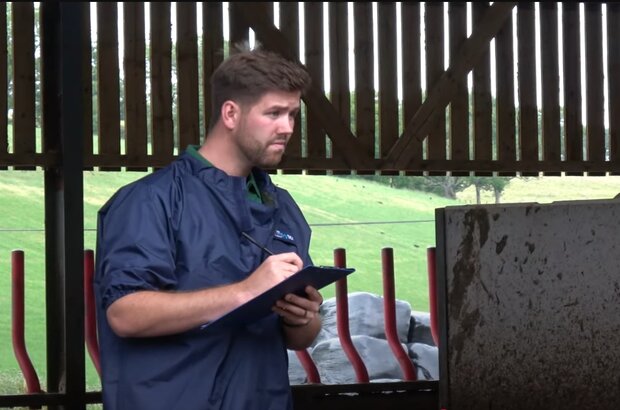
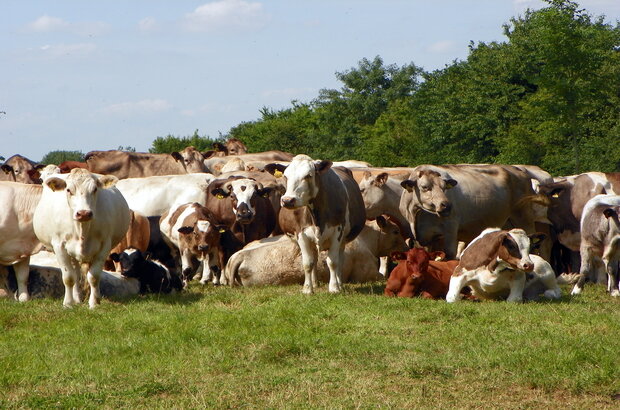
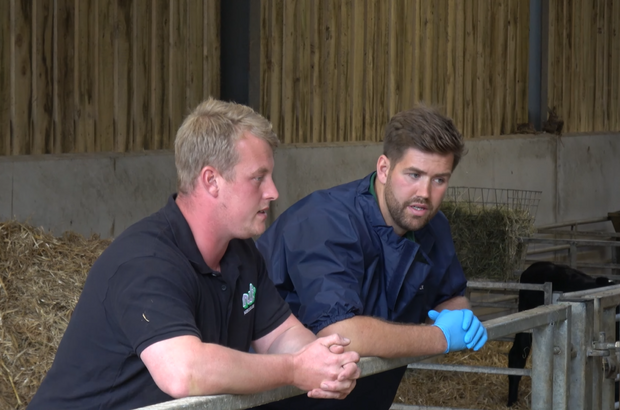
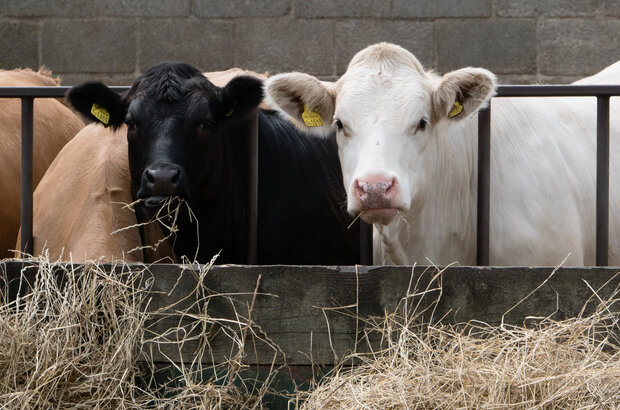
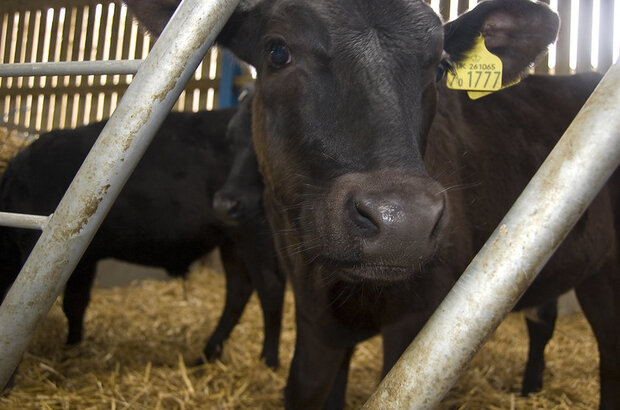
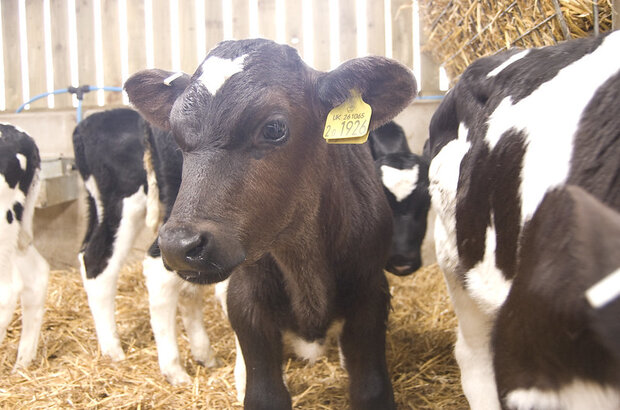
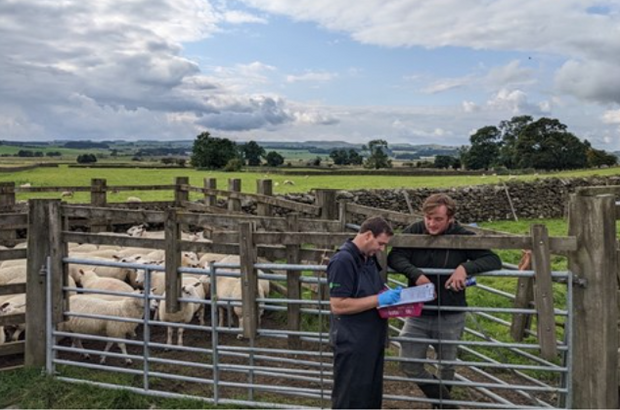
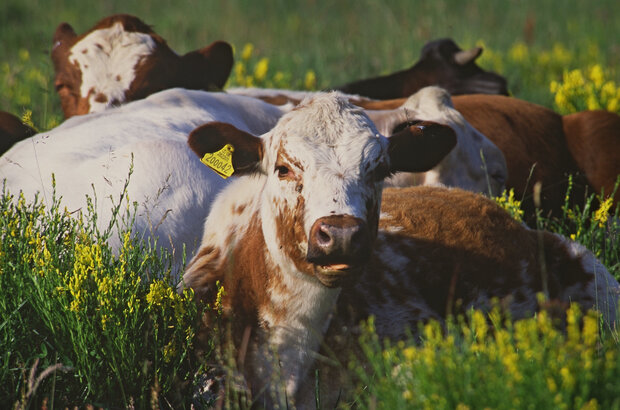



 The
The 